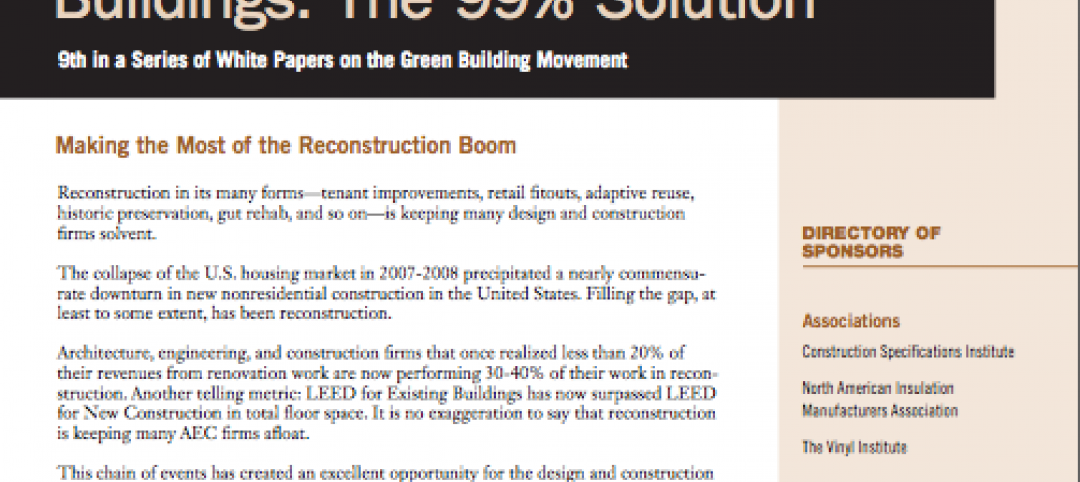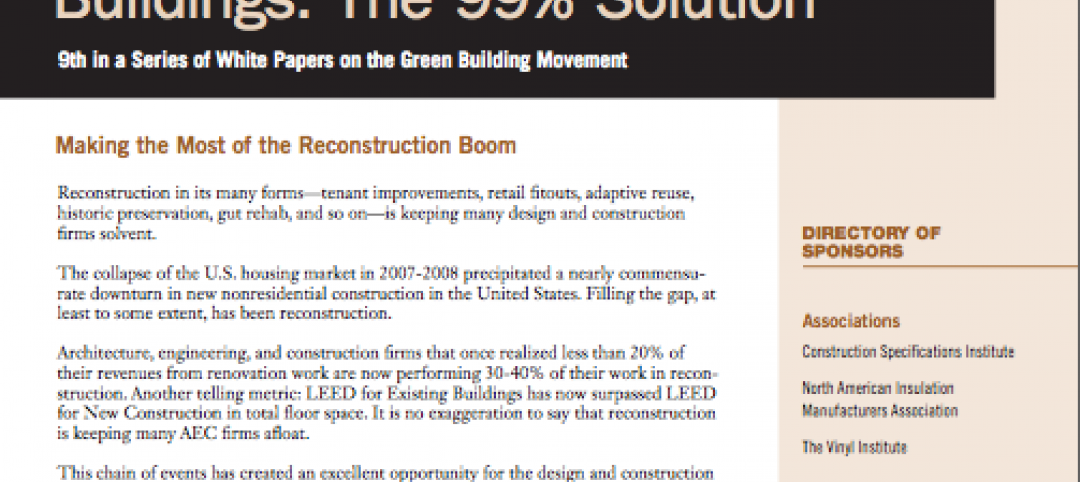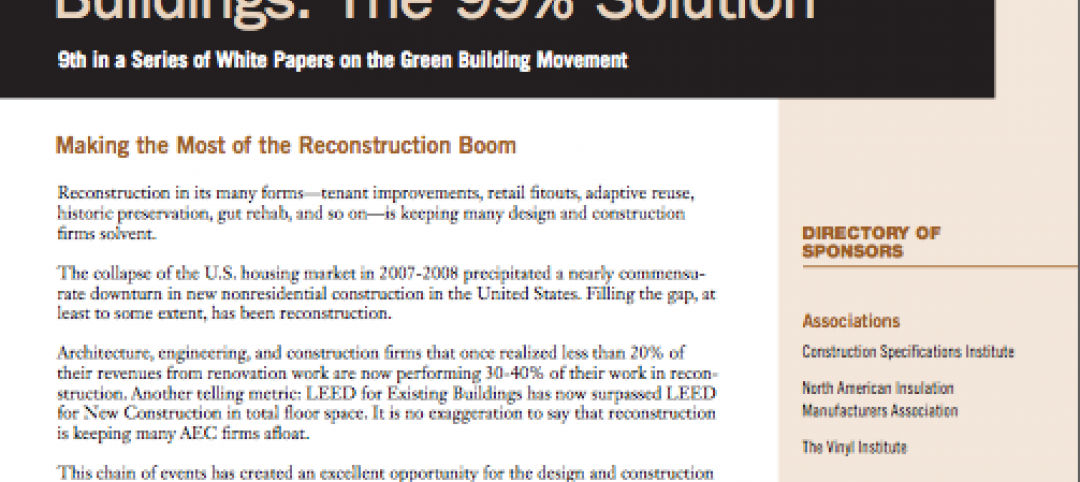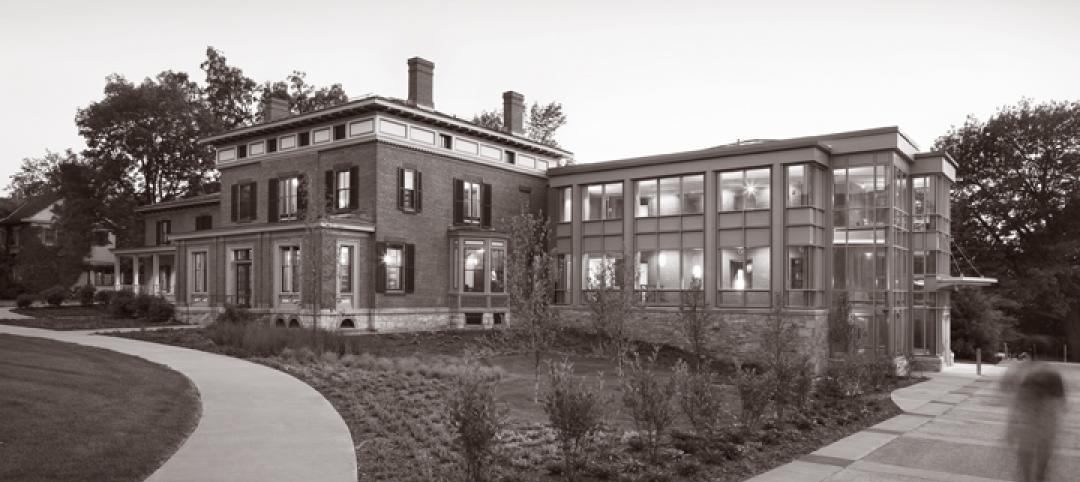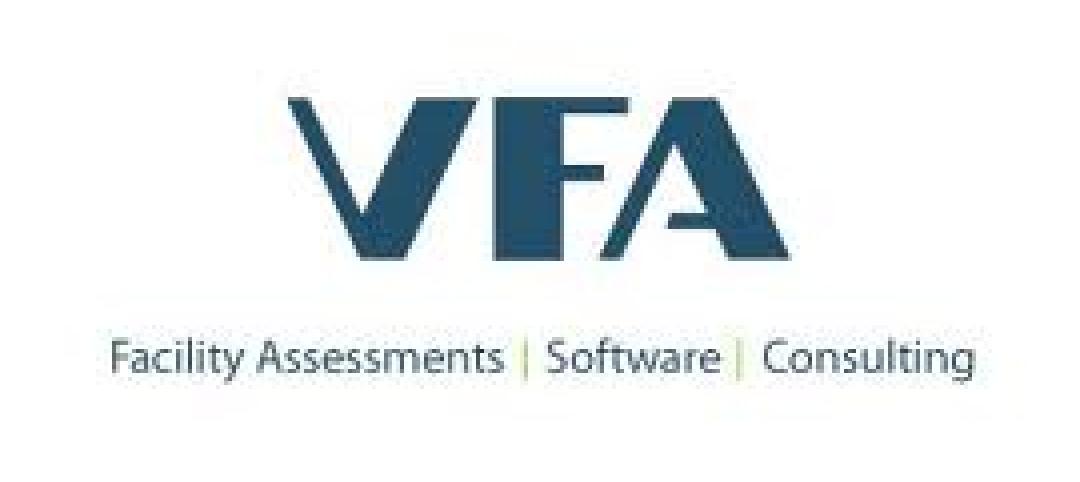Established on the South Coast of New South Wales in 1980, Edmiston Jones (EJ) is an architectural firm based in Nowra, Wollongong and Batemans Bay. The practice has grown to a solid architectural team consisting of qualified architects supported by technicians and clerical assistants. Their prime objective is to provide highly creative and innovative design solutions delivered with a clear management process that keeps clients involved and informed. Environmentally sensitive buildings that maximize site opportunities, while responding to climate and context, are the outcome of their design process.
Challenges
Edmiston Jones was in need of a simple and efficient billing process. Employees used to manually enter their time into Excel and then produce invoices on a separate system based on the spreadsheet calculations. “Using one system to enter data and then transferring this data to different software to create invoices and reports was very time consuming and open to errors”, said Lesley Drysdale, Accounting Manager of EJ. She wanted a software product that would streamline the entire process and automate time and expense tracking, billing, invoicing and reporting for her firm.
Solution
Since EJ employees primarily use Apple computers, they needed a solution that was compatible with Macs. The Executive Assistant at EJ was in charge of the product evaluation process and she found that there were not many Mac-based solutions available that were easy to use and had the functionality that they were looking for. After researching online, she stumbled upon ArchiOffice and was immediately attracted to the product’s intuitive and streamlined design, robust features and high level of value for a reasonable price. She requested a live demo to see the software in action and was not disappointed by the presentation.
Benefits & Results
Smart Project Management
Since installing ArchiOffice, employees at EJ have had great experiences working with the software. Lesley mentions that the firm heavily uses the project management and reporting features: “Project leaders use the tasks and time sheet reports in ArchiOffice to manage their time and percentages on a weekly basis. Also, phases and job codes work well - we have a few projects that use consultants as part of our fee, so sub-phases are a great way to manage this as well as producing reports. The Budget vs. Actual Report gives us the necessary information for our monthly billing cycle and the best part is we can invoice from the same software that we use to track time.”
Robust Reporting
“I use the Report section quite a lot to produce information relevant for our quarterly review meetings where we document staff percentages, non-chargeable time, write ups and downs per project and per project type, fee proposal success, professional development accrual, etc.”, Lesley continued.
Efficient Billing
When asked about how ArchiOffice has increased her firm’s efficiency, Lesley said, “Invoicing has become more streamlined and easier to manage, especially on large projects with consultants. Productivity has increased dramatically as we spend less time on managing projects since all relevant information is in one place.”
About BQE ArchiOffice:
ArchiOffice is a simple-to-use project management and time tracking software created by architects, for architects. It offers mobility that meets your needs in an intuitive and streamlined design that works across all major platforms.
To learn more about ArchiOffice or schedule a free demo today, visit here.
Related Stories
| May 11, 2012
2012 White Paper: High-Performance Reconstructed Buildings: The 99% Solution
Download the complete White Paper, Chapters 1-10
| May 11, 2012
Chapter 10 Action Plan: 18 Recommendations for Advancing Sustainability in Reconstructed Buildings
We offer the following recommendations in the hope that they will help step up the pace of high-performance building reconstruction in the U.S. and Canada. We consulted many experts for advice, but these recommendations are solely the responsibility of the editors of Building Design+Construction. We welcome your comments. Please send them to Robert Cassidy, Editorial Director: rcassidy@sgcmail.com.
| May 11, 2012
Chapter 9 The Key to Commissioning That Works? It Never Stops
Why commissioning for existing and renovated buildings needs to be continuous to be effective.
| May 11, 2012
Chapter 8 High-Performance Reconstruction and Historic Preservation: Conflict and Opportunity
What historic preservationists and energy-performance advocates can learn from each other.
| May 11, 2012
VFA to acquire Altus Group's Capital Planning division
Strategic move strengthens VFA's facilities capital planning market osition in North America.
| May 11, 2012
Betz promoted to senior vice president for McCarthy’s San Diego Office
He will oversee client relations, estimating, office operations and personnel as well as integration of the company’s scheduling, safety and contracts departments.
| May 11, 2012
CRSI appoints Brace chairman
Stevens also elected to board of directors and vice-chair.
| May 11, 2012
Dempster named to AIA College of Fellows
Altoon Partners’ technical and construction services leader honored for his contributions.
| May 11, 2012
AIA launches education and training portal
New portal to host Contract Documents training, education resources in one convenient place.
| May 10, 2012
Chapter 7 When Modern Becomes Historic: Preserving the Modernist Building Envelope
This AIA CES Discovery course explores the special reconstruction questions posed by Modern-era buildings.


